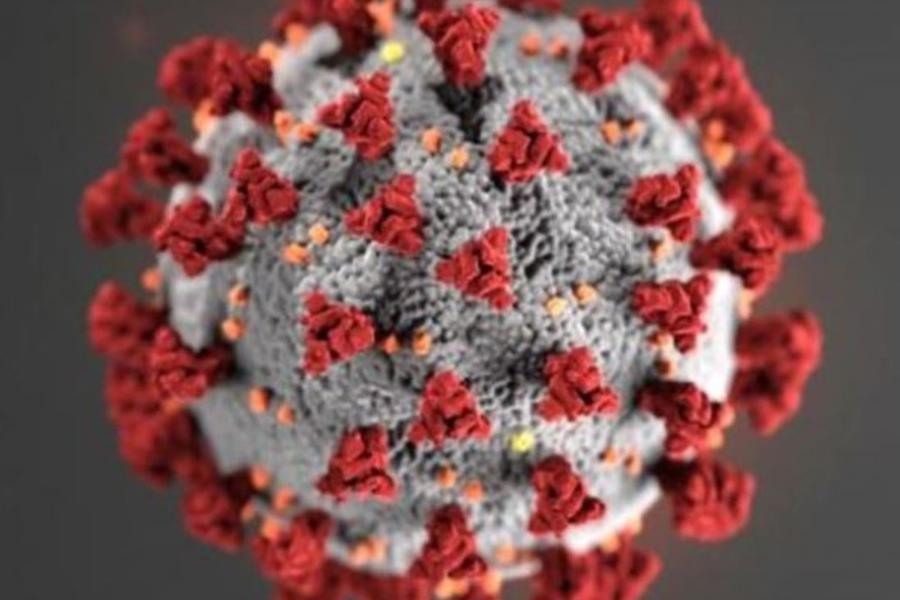
In the early days of the pandemic, there were conflicting reports about how COVID-19 was spread, how to treat it and who was effected more by it. For scientists, medical experts and health care workers it was like on-the-job-training.
As COVID-19 cases started spreading around the globe, researchers at the CAMC Health Education and Research Institute began wondering whether a relationship exists between males and coronavirus disease 2019 mortality and if this relationship is age-dependent.
A team including Mark Bates, MD, Aravinda Nanjundappa, MD, and Frank Annie, PhD, from CAMC scoured the COVID-19 Research Network, a multinational database to identify patients with confirmed COVID-19 infection and determine the death rate from the virus.
Other researchers participating in the study were Mohamad Alkhouli, MD, from the department of cardiovascular medicine, Mayo Clinic and Deepak L. Bhatt, MD, MPH from Brigham and Women's Hospital Heart & Vascular Center, Harvard Medical School.
“There was an early interest in understanding the impact of sex on COVID-19 outcomes since women are known to suffer worse outcomes than men in various acute illnesses and if this held true in this pandemic there would also be heightened occupational-risk as a large proportion of the front line health care workers are women,” the authors noted. “However, early observations from China and from limited samples in Italy and the United Kingdom showed that females actually have lower COVID-19 mortality than males.”
In addition to confirming their prior observations from China, Italy and the UK, their analysis provides additional important insights.
“To our knowledge, this is the first study to assess sex-related outcomes with COVID-19 that included a large cohort of patients from the United States,” the authors said. “Second, this study showed that the worse outcomes and higher mortality rates from Covid-19 in men were not completely explained by the older age and the higher prevalence of comorbidities among men at presentation, as the higher mortality among men persisted after PSM. Third, our sensitivity analysis showed that the differences in mortality between the two groups was independent of age, suggesting that the protective effects of sex-specific hormones in females are not adequate to explain the lower mortality among them.”
They also started noticing reports out of New York that young people were having acute strokes. They wanted to look into that as well.
Researchers analyzed data from 9,358 patients younger than 50-years-old with COVID-19 between Jan. 20 and April 24 who were included in the COVID-19 Research Network database of 37 global health care organizations. About a third of the patients were hospitalized for severe COVID-19 symptoms. Acute ischemic stroke occurred in .7% of patients. Patients with COVID-19 and stroke also had a higher prevalence of comorbidities including diabetes, high blood pressure, heart failure obesity and a prior history of stroke.
The research also found that COVID-19 patients who had an acute ischemic stroke had lower odds for survival than those without a stroke.
“Those that did have a stroke had higher comorbidities including diabetes, high blood pressure, heart failure, obesity and history of stroke,” the authors said. “The stroke group was less healthy overall than the control group of COVID–19 without stroke. Mortality is higher in the stroke group.”
The study also found that pre-existing conditions are a great contributor to the overall mortality with regard to acute stroke in COVID-19.



